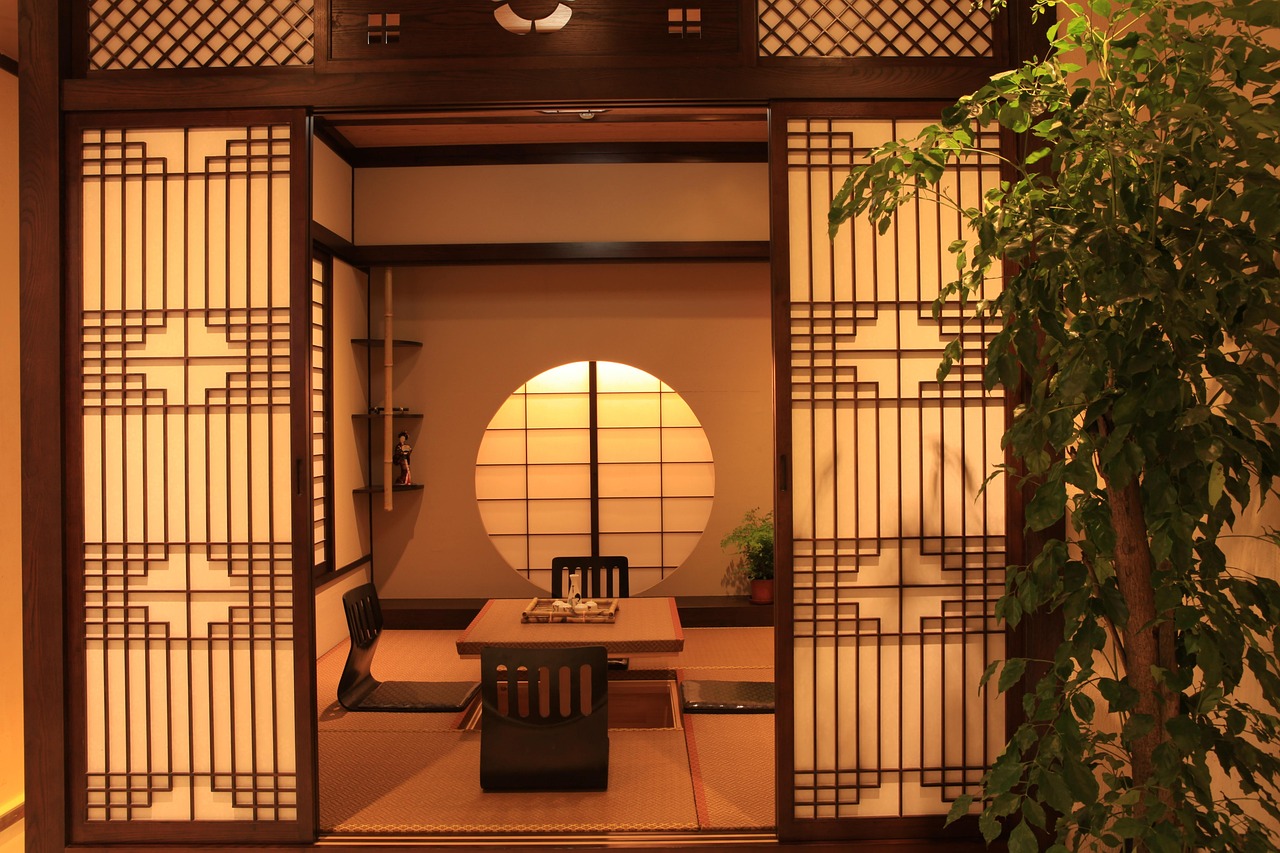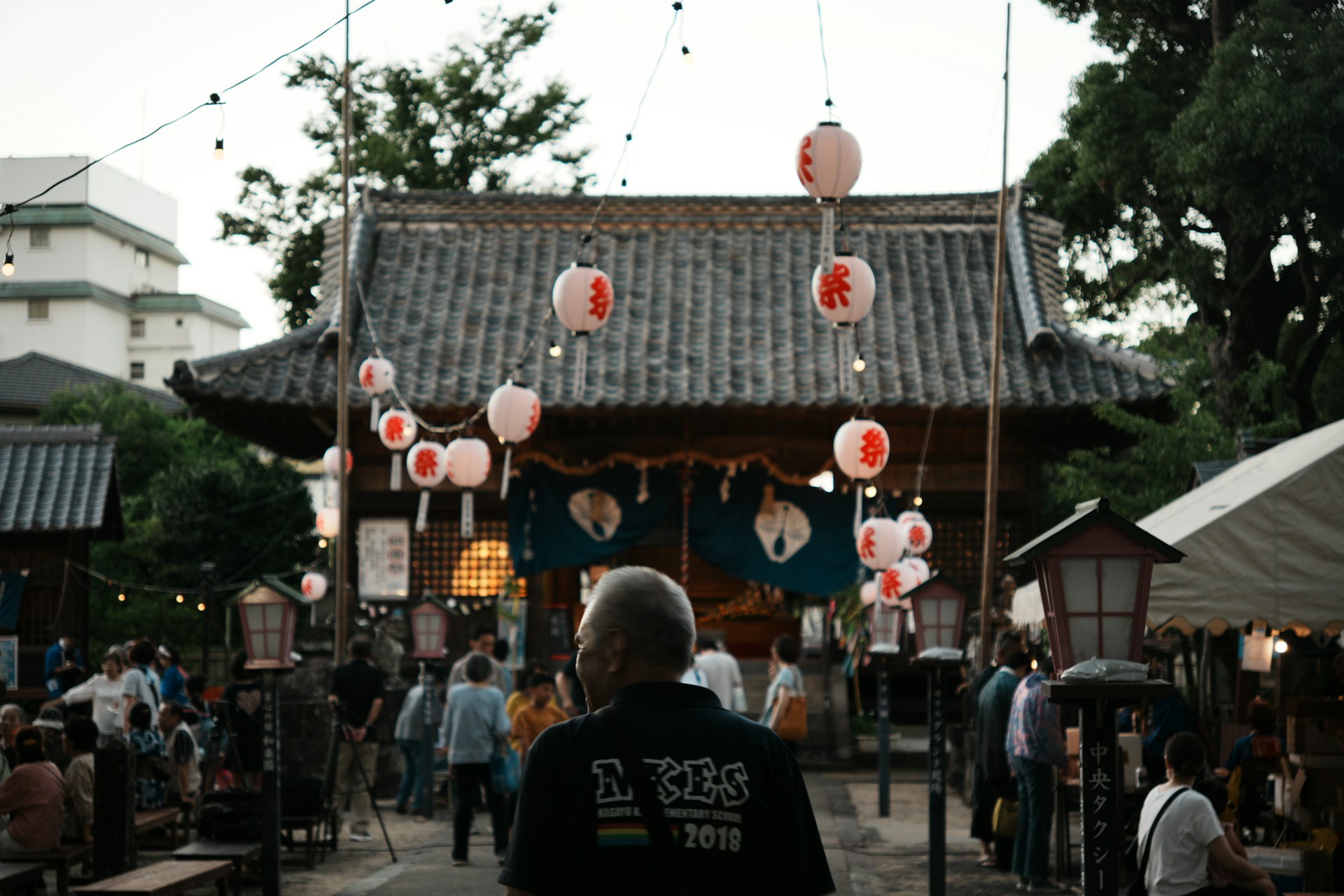
Why Western Companies Fail in Japan: Part 1 - Understanding the Market (2025 Guide)
I'll never forget a European company enter the Japanese market
with an abundant budget and a short-time period of timeline.
They had crushed it in Singapore, Thailand, and Indonesia.
Their product was solid.
Their team was talented.
Their strategy had worked everywhere else in Asia.
Within a few months, I knew they wouldn't make it.
Not because their product was bad.
But because they made the same assumption that sinks most Western companies entering Japan:
"What worked in Southeast Asia will work in Japan."
As a Japanese marketer who's helped international companies navigate this market,
I've seen brilliant teams with competitive products fail.
Not from lack of effort, but from fundamental misunderstandings about how Japan actually works.
This is what most market entry guides won't tell you.
Why Japan Is Different

The 3-5 Year Reality
Western companies plan market entry in 6-12 month cycles.
Launch fast, iterate, scale.
In Japan? Successful market entry takes 3-5 years.
Not because Japanese companies are slow.
But because trust takes time, and in Japan, trust is the only currency that matters.
A JETRO study found that foreign companies succeeding in Japan invested an average of 3.5 years before profitability. Those that failed? They expected results in under 12 months.
The Trust Economy
In Western markets, a great product can overcome lack of brand recognition.
In Japan, a great product without trust is invisible.
Japanese consumers don't just buy products.
They buy relationships. They want partners they can trust for 10, 20, 30 years.
The Decision-Making Gap
In Southeast Asia, individual decision-makers move fast.
In Japan, decisions happen by consensus.
Slowly, methodically, with input from multiple stakeholders.
What looks like bureaucracy to Western eyes is actually risk mitigation.
Your 2-week sales cycle becomes a 6-month relationship-building process.
The 5 Fatal Mistakes

Mistake #1: Translation ≠ Localization
A friend of mine works a marketing agency.
A European client sent materials: "Just translate these into Japanese."
He translated them. Word for word. Professionally done.
Complete disaster.
Why? Because translation isn't localization.
Real example:
Email marketing gets 35-40% open rates in Western markets.
In Japan? 15-20%. Email feels formal, distant, easy to ignore.
But LINE (Japan's dominant messaging app, used by 95% of the population daily)
gets 60-65% open rates. Same audience, same content, different platform.
In 2021, Valentino (the Italian luxury brand) launched a campaign showing a Japanese model wearing heels while standing on fabric resembling an obi, a traditional kimono sash.
Japanese social media erupted.
Placing shoes near items of cultural significance is deeply disrespectful.
Valentino removed the campaign and apologized.
Even major global brands stumble when they don't understand Japanese cultural nuances.
The Fix: Don't just translate. Recreate for the Japanese market with native expertise.
Mistake #2: Treating Japan Like "Another Asian Market"
"We crushed it in Singapore and Thailand. Japan's next."
I hear this kind of message often.
Southeast Asian Playbook: Quick purchase decisions (days to weeks).
Digital marketing drives immediate conversions.
Individual decision-makers have autonomy. Price matters.
Japan Reality: Purchase decisions take months.
Digital creates awareness, but trust drives conversions.
Consensus decision-making. Quality matters more than price.
In Southeast Asia, people decide quickly. In Japan,
they take a few months to research, compare, and build trust before committing.
When they adjusted the timeline (30-day nurturing instead of 7-day push) and addressed family concerns (safety, long-term support), response rates improved dramatically.
The Fix: Stop assuming geographic proximity equals market similarity.
Study Japan-specific behavior and adjust timelines.
Mistake #3: Missing the Local Voice

"We hired a Japanese sales rep. We're covered, right?"
Not quite.
Having Japanese staff is necessary but not sufficient.
Here's what I mean:
I once attended a meeting where a Western company presented
through their English-fluent Japanese staff.
Polite nods. Surface-level questions.
Then someone switched to Japanese. Not just language, but tone, pacing, cultural framing.
Suddenly, real questions emerged.
"What happens if we need support after hours?"
"How do you handle issues long-term?"
"Can we speak directly with Japanese staff?"
Same room. Same people. Different language. Completely different trust level.
Here's the uncomfortable truth:
English proficiency in Japan is declining among younger generations.
Less than 10% speak fluent English, and COVID disrupted study abroad programs, making it worse.
The Bicultural Advantage: The most successful companies combine Western innovation with Japanese execution. Neither side dominates. Both contribute.
The Fix: Hire Japanese staff and empower them to make strategic decisions. Build bicultural structure, not Western HQ with Japanese branch.
Mistake #4: Wrong Platforms, Wrong Messaging
"We'll run Instagram ads and email campaigns. Works everywhere else."
Except in Japan, it doesn't.
In the West, email marketing is primary for B2B and B2C.
In Japan, email feels formal and gets deleted.
What Actually Works:
LINE has 95% daily usage. It's not just messaging.
It's payments, news, shopping. Open rates: 60-65%
( I once had operated a LINE page with more than 6,000 people and here is the result I recieved )

The LINE funnel:
Instagram/TikTok for awareness
→ landing page with free value
→ LINE signup → 30-day nurture → conversion.
Why 30 days?
Trust isn't built overnight in Japan.
Western brands want conversions in 7 days. In Japan, that feels pushy.
Instagram & TikTok in Japan:
Aesthetic quality beats raw authenticity.
Polished content performs better. Cultural context matters.
Subtle storytelling works better than aggressive CTAs.
Real example:
A company ran ads saying, "Limited time! Buy now and save 30%!"
Response: Near zero.
Rewritten: "Trusted by over 10,000 families in Japan. Try risk-free."
Response rate increased A LOT.
The Fix: Research Japanese platforms (LINE, Twitter/X, Instagram).
Make messaging indirect and relationship-focused. Slow down.
Mistake #5: Short-Term Thinking
"We've been in Japan six months. Why aren't we profitable?"
Because six months in Japan is like six weeks anywhere else.
Western Timeline: Q1 launch, Q2 iterate, Q3 scale, Q4 profitability.
Japan Reality: Think in years.
Year 1: Foundation (build relationships, establish trust)
Year 2: Traction (deepen partnerships, first loyal customers)
Year 3: Growth (scale what works)
Year 4-5: Profitability (established brand, sustainable growth)
The Trust Timeline:
Months 1-6: Awareness ("Are you serious?")
Months 7-12: Consideration ("Can we trust you?")
Months 13-24: Relationship Building ("Do you deliver?")
Months 25-36+: Partnership ("You're one of us")
You can't skip these stages.
The Fix: Commit to 3-5 years. Accept early losses.
Measure trust, not just revenue. Invest locally with physical presence.
Coming Up in Part 2:
We'll explore the hidden barriers nobody talks about—distribution networks, regulatory challenges, and customer service expectations that can make or break your Japan market entry.
[Read Part 2 →] https://www.pontmiyabi.com/blog/why-western-companies-fail-in-japan-hidden-barriers-what-actually-works-2025-guide
—
Hayate Yoshizawa,
Founder at Pont Miyabi🌏
What's happening
Our latest news and trending topics

.png)

